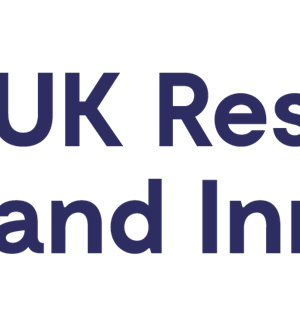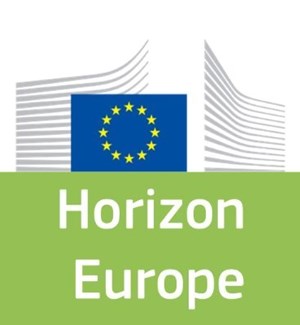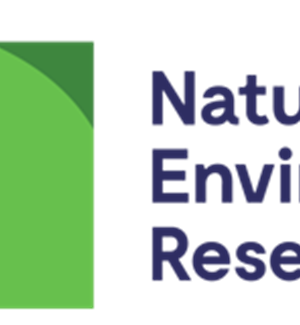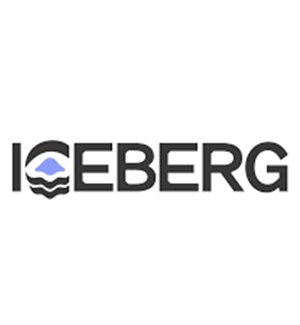Plastics and microplastics pollute the marine environment and as the field of microplastic research eveolves more data are available on their levels in the environment. On a global scale for both urban and pristine areas, it is now evident that microplastics are in the water phase, in and on sediments and interacting with biota. Microplastics are often defined as plastic particles smaller than 5 mm, and current understanding is that the smaller microplastics are the most dominant in the environment. Because of their small size, microplastics can interact with all levels of the food web from algae to large mammals. Ingestion is the most probable interaction with biota and at least 331 species are known to ingest microplastics. However, minimal data are available on the impact of microplastics on Norwegian marine biota. Therefore, the MIME project is aiming to increase the knowledge base on levels in the Norwegian biota, as well as investigating if there is any harm to marine organisms. In this project, we have thus far studied levels of microplastics in Atlantic cod (Gadus morhua) from the Norwegian coast, where a total of 3% of the fish individuals had ingested plastics. For bivalves, for example blue mussels (Mytilus edulis), there are very limited data available, and since blue mussels are important both ecological and as a food source for humans, it is important to get more knowledge on microplastic in Norwegian mussels. Therefore, we are currently studying ingestion in blue mussels, after optimizing methods to be able to do this. How ingestion might affect the biota that contain mircroplastic is still unknown. From controlled laboratory studies however, it can negatively affect organisms. For example, their energy reserves and fitness have been found to be impacted, since they do not efficiently take up nutrition. We have also conducted such controlled laboratory studies on blue mussels with plastic particles from toothpaste. The mussels did ingest these particles, and that they took up more particles that had been in the environment than ?clean? particles. This is probably due to growth of microorganisms on the plastic particles. In our study, we also found alterations in their tissue following uptake of microplastics. Effects seen from ours and other microplastic laboratory exposures, are hard to extrapolate to the environment. The marine environment is much more complex than a laboratory scale study and it is thereby hard to establish a causal relationship. Despite the uncertainties on negative effects from microplastic uptake, it is a consensus that microplastics are unwanted in the environment and that the precautionary principle should be used.
Want to analyze based on this project via our analysis tool? Analyze this project
Knowledge Gaps
Bioaccumulation, bioconcentration and persistence
Environmental fate and behavior of plastic
Bioaccumulation and biomagnification
Environmental effects and ecotoxicity
Degradation
Publications




